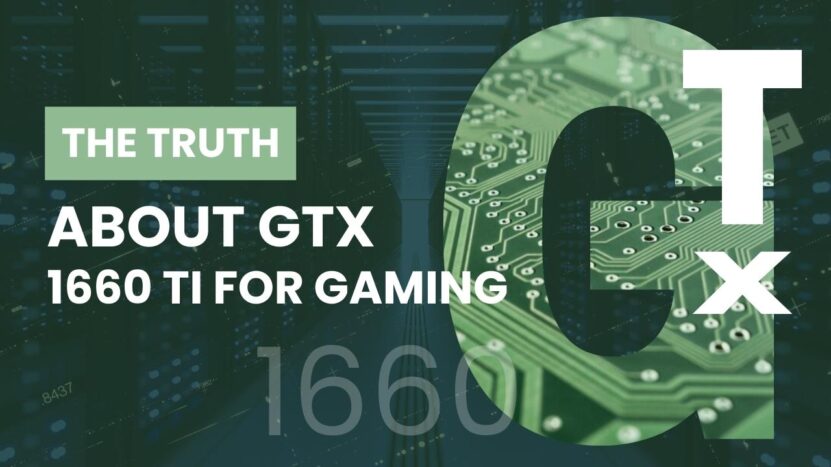Graphics cards, as key components of any gaming setup or high-performance workstation, have continually evolved to offer improved graphical fidelity, faster speeds, and greater efficiency. One such card that captured the attention of many tech enthusiasts is the Nvidia GeForce GTX 1660 Ti.
Introduced in 2019, the GTX 1660 Ti built its reputation as a solid mid-range graphics card providing excellent value. Now, as technology moves on, is this card still a good option? This comprehensive review will shed light on the matter, taking a deep dive into the capabilities and performance of the GTX 1660 Ti in today’s demanding digital climate.
Overview of the GTX 1660 Ti
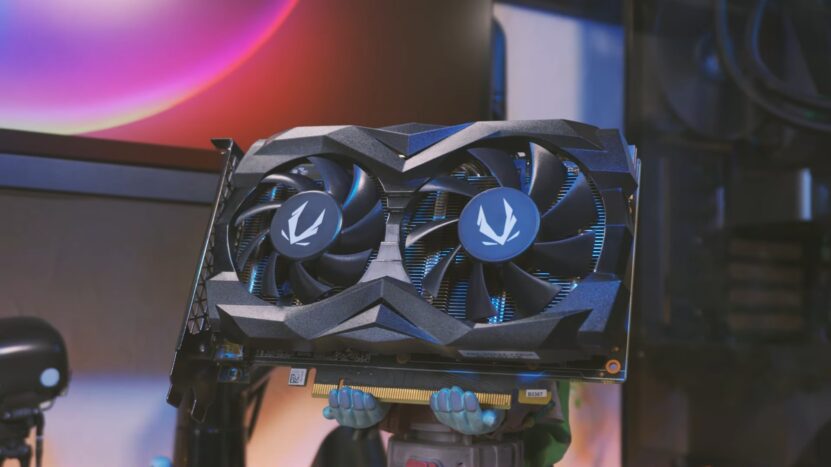
The GTX 1660 Ti is a standout member of Nvidia’s Turing family. Despite its placement in the mid-range sector, it sports several enticing features, such as Turing architecture that delivers increased efficiency and improved performance.
It boasts 6GB GDDR6 VRAM and a memory bandwidth of 288 GB/s, making it capable of handling demanding games and rendering tasks. The card was designed to attract gamers looking for solid performance without the hefty price tag of higher-end options.
Performance Assessment
When it comes to gaming performance, the GTX 1660 Ti has proven itself time and time again. While it may not offer the raw power of the RTX 20 series or newer GPUs, it continues to perform admirably in both modern and older titles.
The 1660 Ti outshines many of its predecessors and holds its ground against many similarly priced competitors. However, it’s worth noting that as games become increasingly graphics-intensive, the GTX 1660 Ti may not always guarantee ultra settings at high frame rates.
Benchmark Results
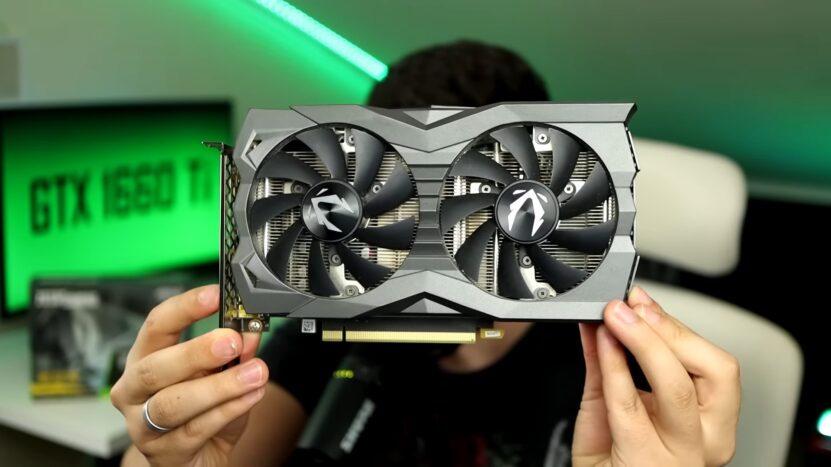
Benchmarking reveals the GTX 1660 Ti’s true colors. Across a variety of games, it consistently delivers 60 FPS at 1080p, and remains competitive at 1440p, although settings may need to be adjusted for more demanding titles.
These benchmarks show the 1660 Ti as a reliable performer, although it’s clear it doesn’t stack up against newer, high-end models in terms of raw performance. Yet, it’s still an appealing choice for gamers who prioritize a smooth experience over the highest possible graphics settings.
Ray Tracing and DLSS Support
The GTX 1660 Ti does come with a drawback: it doesn’t support hardware-based ray tracing, a feature available in Nvidia’s RTX series that adds realistic lighting effects to games. Furthermore, it lacks support for DLSS (Deep Learning Super Sampling), Nvidia’s AI-driven technology that boosts performance while maintaining visual fidelity.
This absence may impact its longevity, especially as more games adopt these advanced features. However, for users not overly concerned with cutting-edge graphical enhancements, this might not be a significant drawback.
Power Consumption and Cooling
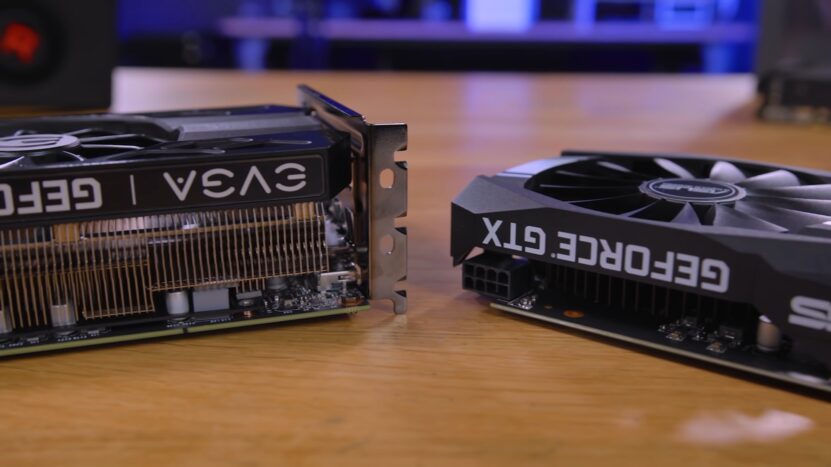
In terms of power efficiency, the GTX 1660 Ti shines. It has a lower power consumption than its more powerful counterparts, making it a suitable choice for systems with lower capacity power supplies.
Additionally, with proper cooling, the card can maintain reasonable temperatures even under heavy load. Various models from different manufacturers may come with unique cooling solutions, adding to the card’s overall thermal performance.
Price and Value
The GTX 1660 Ti has garnered considerable acclaim due to its exceptional price-to-performance ratio. Although its pricing can vary depending on market conditions, it typically remains below the cost of higher-end RTX cards.
This affordability factor makes it an appealing option for consumers on a budget. What sets the GTX 1660 Ti apart is its ability to deliver comparable or even superior performance when compared to other graphics cards in its class, all at a lower price point.
This makes it a compelling and potentially high-value choice for gamers and enthusiasts seeking optimal performance without breaking the bank. With its attractive price tag and commendable performance capabilities, the GTX 1660 Ti remains a strong contender in the ever-evolving world of graphics cards.
VR and Content Creation Performance

The GTX 1660 Ti has proven itself as a capable graphics card for VR gaming, providing a satisfactory experience on popular platforms such as Oculus Rift and HTC Vive. While it can handle most VR titles with ease, it might face challenges when it comes to running the most demanding and graphically intensive virtual reality games. In terms of content creation, the GTX 1660 Ti offers decent performance for tasks like video editing and 3D rendering.
It can handle moderate workloads and deliver smooth editing experiences, but for professionals who regularly engage in resource-intensive work, there are more powerful options available in the market. These alternatives provide enhanced capabilities and faster rendering times, ensuring seamless workflow efficiency for demanding creative projects.
Therefore, while the GTX 1660 Ti remains a viable choice for VR gaming and content creation, users with extensive VR gaming needs or heavy content creation requirements may want to consider higher-end graphics cards that can deliver exceptional performance and handle intensive workloads more effectively.
Upgradability and Futureproofing
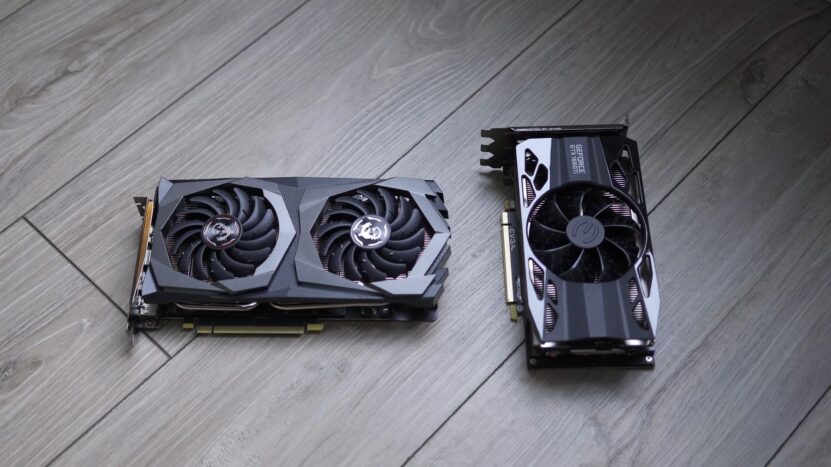
For future-proofing, the GTX 1660 Ti may have limitations. As games become more graphics-intensive and technologies like ray tracing and DLSS become more common, the GTX 1660 Ti could struggle.
However, for casual gamers or those with less demanding needs, the card may serve them well for a few more years. An upgrade could be a consideration for more demanding users.
Overclocking Potential
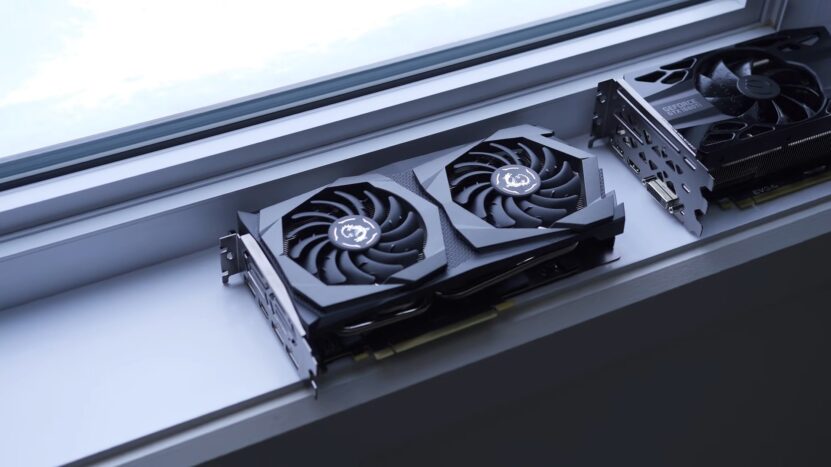
The GTX 1660 Ti does offer some overclocking potential, allowing users to squeeze more performance out of the card.
However, this comes with increased power consumption and heat output, requiring a suitable cooling solution. Overclocking should only be attempted by those who understand the risks and have the necessary technical knowledge.
User Reviews and Feedback
The GTX 1660 Ti has garnered a significant amount of positive user reviews, primarily highlighting its commendable performance, attractive price point, and impressive power efficiency. Users have lauded the card for delivering smooth gameplay experiences and handling demanding titles with ease.
However, it is important to note that a fraction of users have expressed concerns regarding the absence of hardware-based ray tracing support. With the growing popularity of ray tracing in modern games, this limitation may be a crucial factor to consider before making a purchasing decision.
Taking into account a variety of user experiences and opinions can provide valuable insights to potential buyers, allowing them to make an informed choice based on their specific needs and preferences.
Conclusion
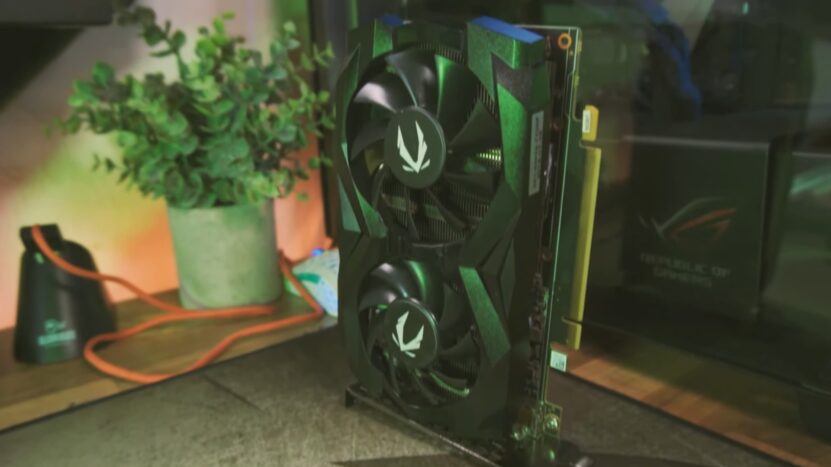
In conclusion, the GTX 1660 Ti may not be the newest kid on the block, but it remains a viable choice for many. It offers good performance, power efficiency, and a competitive price point. However, for those seeking future-proofing or the best graphical technologies, other options may be preferable.
As always, the best choice depends on individual needs, preferences, and budgets. What are your thoughts on the GTX 1660 Ti? Feel free to share your experiences in the comments below.

